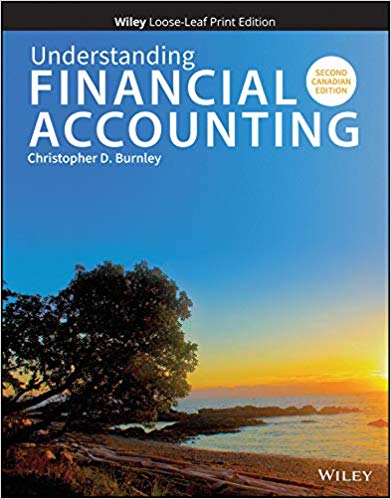Answered step by step
Verified Expert Solution
Question
1 Approved Answer
Selected financial data for two intense competitors in a recent year follow (amounts in millions): Cullumber Corporation Ivanhoe Company Statement of income data: Net


Selected financial data for two intense competitors in a recent year follow (amounts in millions): Cullumber Corporation Ivanhoe Company Statement of income data: Net sales $3,384 $6,751 Cost of goods sold 2,980 5,747 Selling and administrative expenses 89 412 Interest expense 119 164 Other expenses 8 0 Income taxes 61 102 Net income $127 $326 Statement of cash flows data: Net cash inflow from operating activities $127 $273 Net increase in cash during the year 9 40 Statement of financial position data: End-of-year balances: Current assets $1,027 $1,631 Property, plant, and equipment (net) 1,882 2,927 Other assets 708 1,028 Total assets $3,617 $5,586 Current liabilities $571 $815 Long-term debt 2,223 3,145 Total shareholders' equity 823 1,626 Total liabilities and shareholders' equity $3,617 $5,586 Beginning-of-year balances: Total assets Total shareholders' equity $3,280 $5,120 752 1,239 Other data: Average net receivables Average inventory $348 $785 293 570 (a) For each company, calculate the following ratios: (Round accounts receivable turnover, inventory turnover and current ratio to 2 decimal places, e.g. 14.83. Round net debt as a percentage of total capitalization to 2 decimal places, e.g. 0.83. Round average collection period, days to sell inventory. operating cash flow ratio, interest coverage, return on asset and return on equity to 1 decimal place, e.g. 14.8 or 13.5%.) i. Average collection period for receivables ii. Days to sell inventory Current ratio (a) For each company, calculate the following ratios: (Round accounts receivable turnover, inventory turnover and current ratio to 2 decimal places, e.g. 14.83. Round net debt as a percentage of total capitalization to 2 decimal places, e.g. 0.83. Round average collection period, days to sell inventory. operating cash flow ratio, interest coverage, return on asset and return on equity to 1 decimal place, e.g. 14.8 or 13.5%.) i. Average collection period for receivables ii. Days to sell inventory iii. Current ratio iv. Operating cash flow ratio V. Net debt as a percentage of total capitalization vi. Interest coverage vii. Return on assets viii. Return on equity
Step by Step Solution
There are 3 Steps involved in it
Step: 1

Get Instant Access to Expert-Tailored Solutions
See step-by-step solutions with expert insights and AI powered tools for academic success
Step: 2

Step: 3

Ace Your Homework with AI
Get the answers you need in no time with our AI-driven, step-by-step assistance
Get Started


